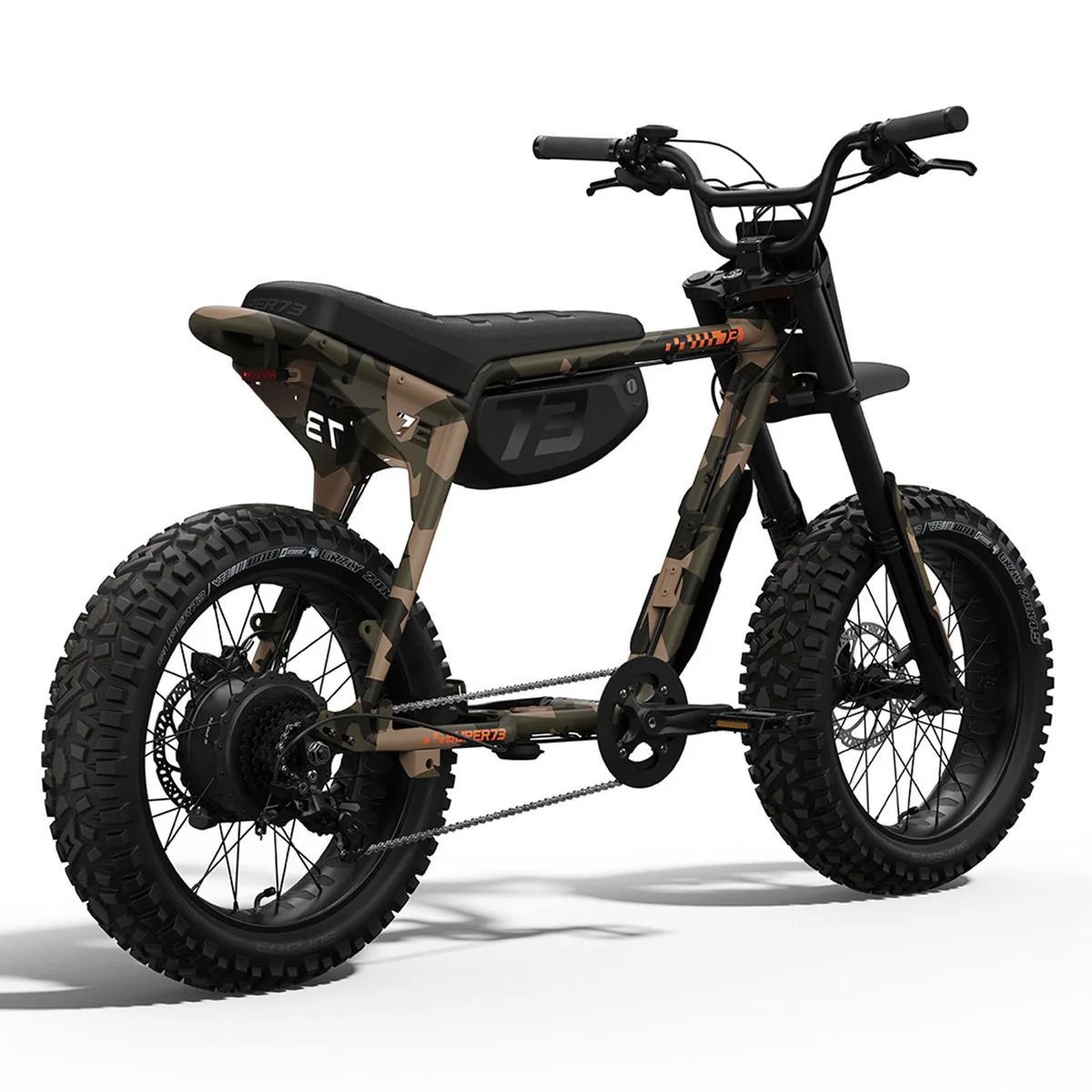From what I've seen over here in Cali, for enforcement, that police will pace you in their cruiser. If you go over 30mph, boom. If you go over 20 without pedaling, boom. So not much change.
As a California commuter, I have been paced many times by squad cars, and radar'd by stationary traffic cops as well. My typical cruising speed on my commuter was 30-34 mph, and I achieved that with a bike I geared myself with a big chainring and a small rear cluster. I've been paced at 34 for extended periods with no action taken, and I have been radar'd at about 36 going down an overpass and taking advantage of the speed bump you get from the downward slope.
In all cases, I was pedaling furiously, which is what it takes to get up to that speed ("pedaling furiously" is expressly illegal in the UK but this ain't the UK).
People misunderstand the class definitions when they interpret 28 mph as a speed limit. It is not (and you can read the law to confirm this). 28 mph is the
assist limit. If you can pedal up and over that number, you can go that fast provided the speed limit on the street allows it, and you are going no faster than it is safe for conditions (so if you get dense tule fog like what is common in the CA Central Valley, and you are driving on a street with a 40 mph speed limit, maybe its only safe to go 15).
If I was throttling and getting paced, I bet I would have gotten pulled over. Plus I am wearing a downhill helmet with a chin guard, have front and rear daytime lights, both blinking and solid, and obey traffic signs and lights. I'm not the kind of rider the cops are looking for.

 electrek.co
electrek.co

 electrek.co
electrek.co
